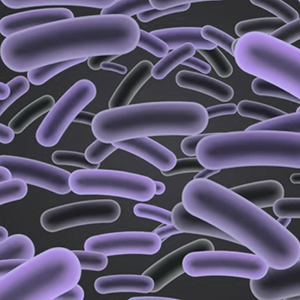 Smart Citations
Smart CitationsSee how this article has been cited at scite.ai
scite shows how a scientific paper has been cited by providing the context of the citation, a classification describing whether it supports, mentions, or contrasts the cited claim, and a label indicating in which section the citation was made.
Antimicrobial activity evaluation of pure compounds obtained from Pseudoalteromonas haloplanktis against Listeria monocytogenes: Preliminary results
L. monocytogenes is a foodborne pathogen responsible for a serious disease with a high mortality rate, particularly in vulnerable consumers. Recently, the scientific community has shown increasing attention to the search for new natural molecules with antimicrobial activity, aimed at preventing the spread of foodborne diseases. Extremophilic microorganisms, typical of extreme temperature environments, are a valuable source of these molecules. The present work aimed to study the antibacterial activity of four pure compounds derived from a molecule, the pentadecanal, produced by the Antarctic bacterium Pseudoalteromonas haloplanktis, against two different pathotypes of L. monocytogenes. Growth assays were performed in 96-well polystyrene plates with serial dilutions of the tested compounds at different concentrations (0.6, 0.3, 0.15, 0.07 mg/mL). The plates were incubated at 37°C for 24 h, with a spectrophotometric reading at OD 600 nm. Preliminary results of this study showed that pentadecanal inhibits the growth of L. monocytogenes, with a MIC (Minimum Inhibitory Concentration) of 0.6 mg/mL. Acetal, carboxylic acid, and ester did not demonstrate antibacterial activity at the concentrations tested. These findings suggest the possibility of using pentadecanal as a natural antibacterial to improve safety standards along the food supply chain.
Downloads
How to Cite
PAGEPress has chosen to apply the Creative Commons Attribution NonCommercial 4.0 International License (CC BY-NC 4.0) to all manuscripts to be published.

 https://doi.org/10.4081/ijfs.2022.10320
https://doi.org/10.4081/ijfs.2022.10320





